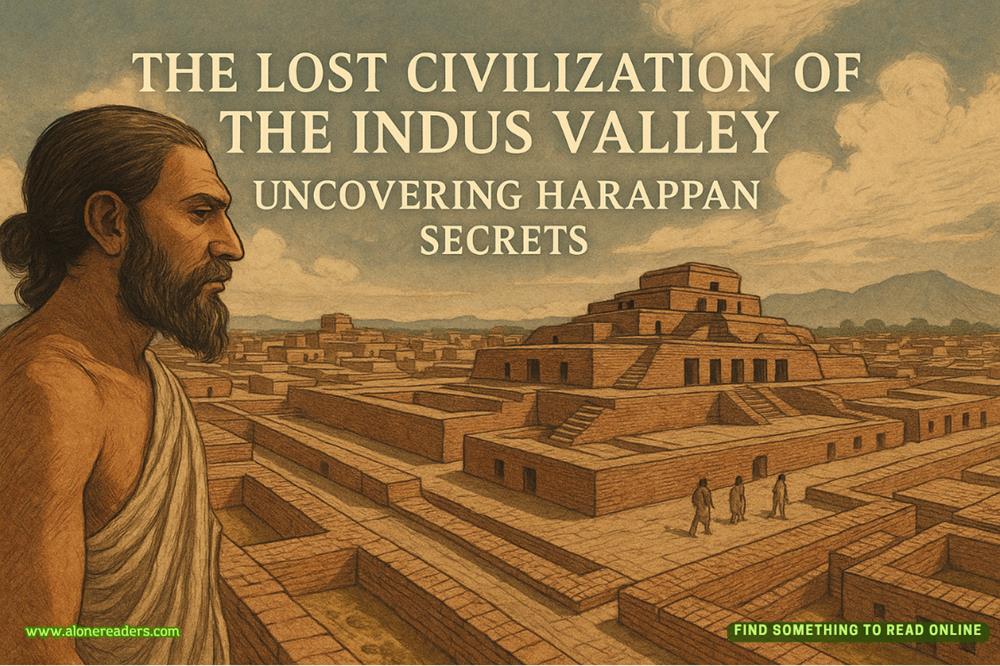Page 111 of The Chain
The waitress opens the door and pokes her head in. “Will you be wanting to order food?” she asks in a Scottish accent.
“No,” Erik says coldly.
When she’s closed the door, he begins putting on his coat. “She’s new,” he says. “I don’t like new. Come on.”
54
Abench on Boston Common. A cold wind whistling in from the harbor. They’re opposite the memorial to Robert Gould Shaw and the men of the Fifty-Fourth Regiment. Not many people around. Just a few joggers, college students, people pushing strollers.
Rachel watches him and waits. When Erik finally feels safe he continues: “The standard construction of pseudorandom encrypted functions is generally believed to be leakage-resistant, but I don’t think it is. And when you have sloppy tradecraft, you make it slightly easier for people like me.”
“I don’t understand,” Rachel says. She looks at Pete. He’s in the dark too and he has a software background.
“They reach out to us in two ways, and both ways, I believe, can be decrypted,” Erik goes on.
“How?”
“The burner phones aren’t as safe as everyone thinks they are, even if all the calls are made from brand-new burner phones housed inside a Faraday cage. The consensus is that calls made by such a method would be completely untraceable,” Erik says with a grin.
“But you’ve thought of a way to crack it, haven’t you?” Pete says.
Erik’s grin broadens.
“This has been my primary area of research for the past year.”
“What’s the trick?”
“It is theoretically possible to measure power levels and antenna patterns through software that can be installed on a smartphone. The phone can then analyze the incoming call in real time.”
“You’ve done this?” Pete asks, impressed.
“I have been tinkering with such a concept.”
“You can trace a call made on a burner phone?”
“No, but the cell phone’s base station—the closest wireless tower—could possibly be found,” Erik says cagily.
“You’ve done it! Haven’t you?” Pete insists.
“Tell us,” Rachel pleads.
Erik waits until a jogger passes before continuing. “I am in the process of finishing up my design of a hunter-killer application that can seek out the base station closest to where a cell-phone call has been made, even a burner-phone call made from inside a Faraday cage. Once the base station has been pinpointed, it might be possible to narrow the frequency of the phone’s signal, giving you a rough vector from the phone tower to the phone itself within, say, two or three hundred meters.”
Rachel isn’t sure she understands all this. “So what does that mean?” she asks.
“There may be a way of following the thread into the heart of the labyrinth,” Erik replies.
“And the Wickr app?” Rachel asks. “That’s their primary method of communication.”
“A not-too-dissimilar technique. My hunter-killer algorithm can’t break the message’s encryption or find the sender, but it can find the cell-phone base station that’s closest to where the message was sent from. Obviously, if they’re communicating from Times Square in New York City, we’re screwed, but if they’re calling from a private residence, we might be able to trace them.”
“Why haven’t you done it?” Pete asks.
“Because I was last in contact with them two and a half years ago and the burner phone they used to talk to me has been destroyed and the Wickr ID they used to communicate with me has been changed. The trail has gone cold. Whereas you…” he says, looking at Rachel.
“Me what?”
“If I’m right about their tradecraft, they still might be using the same app ID to speak to you.”















